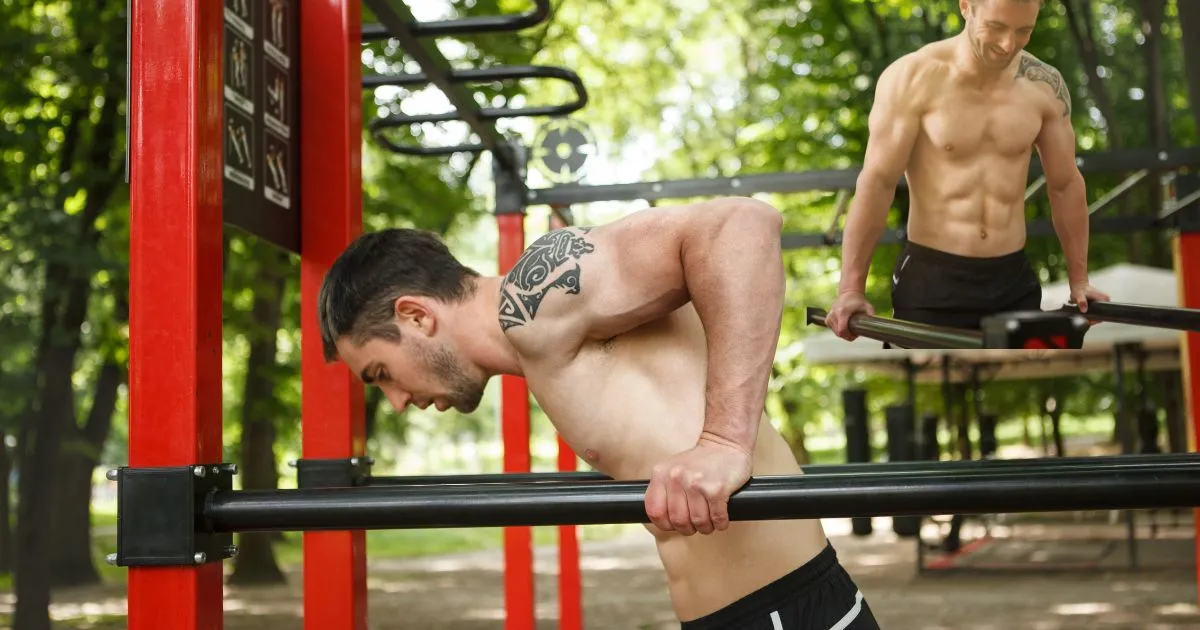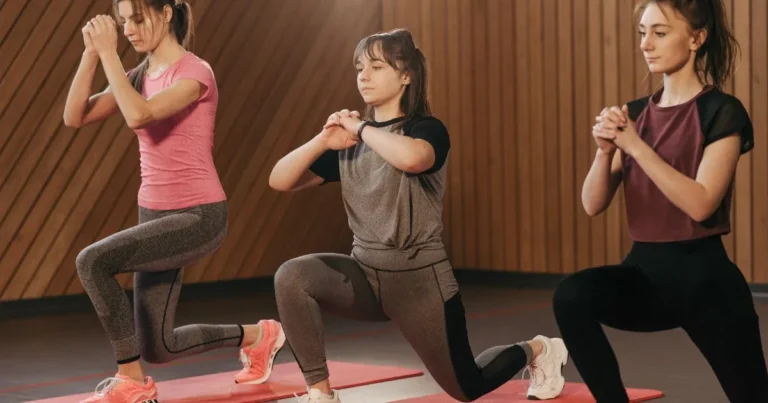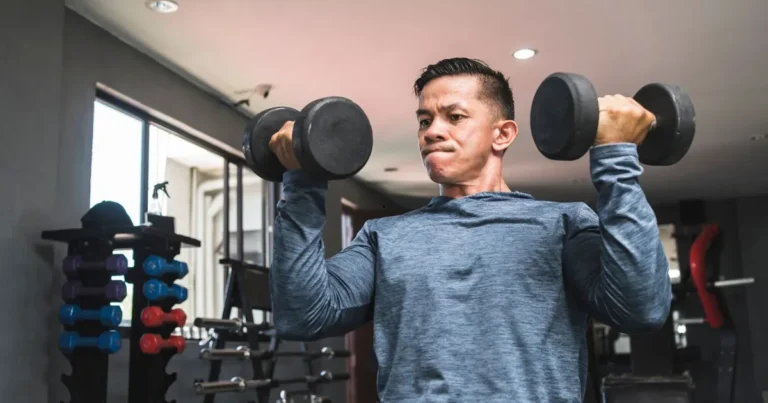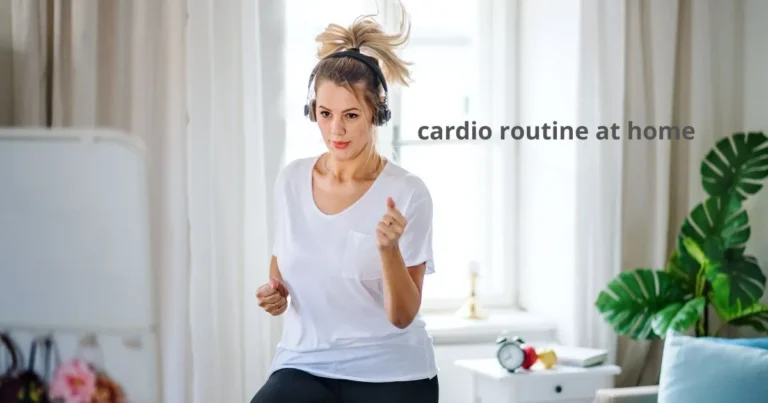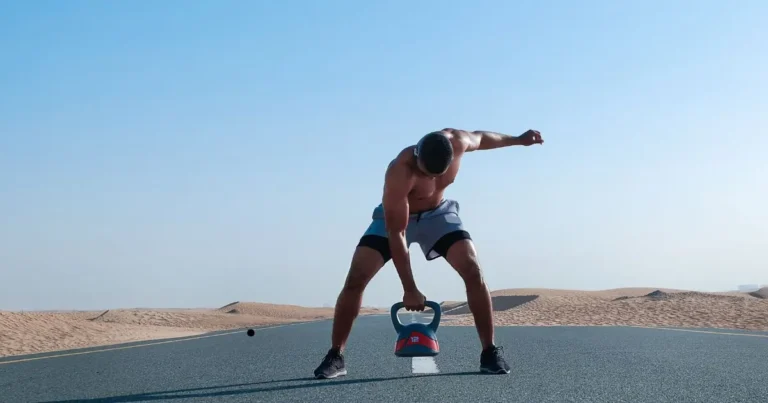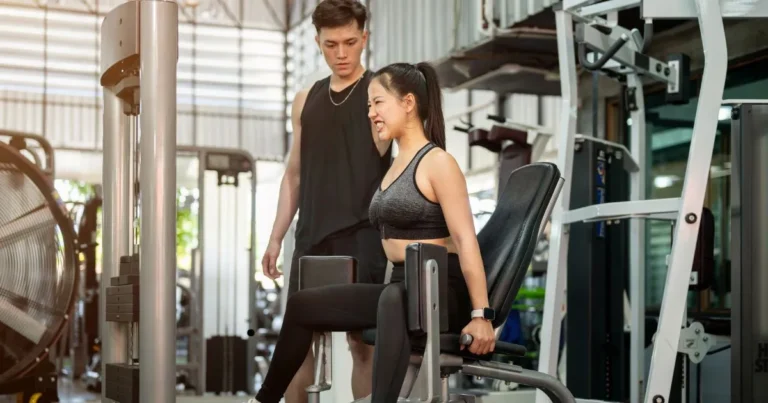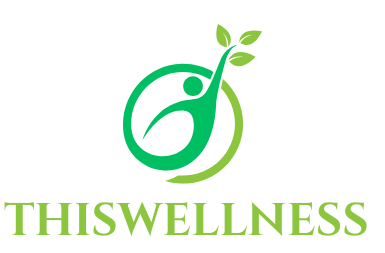Which Muscles Are Worked During Dips?
Why Dips Deserve a Spot in Your Routine
Ever found yourself frustrated with endless sets of push-ups that never seem to hit the right spot? Maybe your arms burn out long before your chest ever feels challenged. If that sounds familiar, then dips might be the game-changer you’ve been missing.
Table of Contents
Dips are more than just an upper-body exercise. They’re a true compound movement that calls upon multiple muscle groups to build functional strength and size. Whether you’re chasing bigger arms, a stronger chest, or that impressive V-taper look, dips have something powerful to offer. But to get the most out of this classic move, you need to understand exactly which muscles are doing the work—and how to tweak your form to emphasize the ones you want.
Let’s dig into what makes dips such a powerhouse move.
💪 Understanding the Mechanics of a Dip
🔧 How a Dip Is Performed (Bodyweight & Bench Dips)
To fully grasp which muscles dips work, you first need to understand how they are performed. Here’s a quick breakdown:
- Parallel Bar Dips: You grip two parallel bars, suspend your body in the air, lower yourself by bending the elbows, then push back up.
- Bench Dips: Performed with your hands behind you on a bench and feet either on the ground or elevated. A more accessible variation.
- Weighted Dips: Add a belt and hanging plates to increase resistance once bodyweight isn’t enough.
Form tips:
- Keep your elbows close to your body to target the triceps.
- Lean forward slightly to activate more chest muscle.
- Engage your core throughout to stay stable.
Avoid these mistakes:
- Letting your shoulders shrug up
- Flared elbows
- Incomplete range of motion
🧠 Primary Muscles Worked During Dips
🔥 Triceps Brachii – The Powerhouse Mover
The triceps take center stage in almost every dip variation. These muscles, located at the back of your upper arms, are responsible for elbow extension—the movement that pushes you up from the bottom of a dip.
- Most activated during close-grip, upright dips
- Deeper dips create greater triceps stretch and contraction
💥 Pectoralis Major – The Chest Component
Want to bring out your chest? Focus on how you position your body during dips.
- Leaning forward shifts tension to the lower and outer chest
- A wider grip also recruits more chest fibers
- Less effective for chest if you stay completely upright
🦍 Anterior Deltoids – Shoulder Activation
These front shoulder muscles kick in as secondary movers and stabilizers. They support the downward and upward push while keeping your upper body balanced.
- Particularly active in deeper range dips
- Important to avoid over-recruiting and risking shoulder strain
🧬 Secondary Muscles Activated During Dips
💡 Core Muscles – The Invisible Support System
You might not feel your abs burn during dips, but trust this: they’re working hard in the background.
- Rectus abdominis: Stabilizes your spine
- Obliques: Control side-to-side movement
- Transverse abdominis: Keeps your core braced
Engage your core intentionally to improve dip performance and prevent swinging.
🏧 Rhomboids and Trapezius – The Postural Helpers
These back muscles help you stay upright and steady, especially during parallel bar dips.
- Rhomboids retract the scapula
- Traps help control shoulder blade elevation and depression
🦵 Forearms and Grip Strength
Grip might not be the main player, but it makes a difference.
- Supports your body weight
- Especially active in gymnastic ring dips or advanced variations
🧪 Bench Dips vs. Parallel Bar Dips vs. Weighted Dips
| Muscle Group | Bench Dips | Parallel Bar Dips | Weighted Dips |
|---|---|---|---|
| Triceps | ✅✅✅ | ✅✅✅✅ | ✅✅✅✅✅ |
| Chest | ✅ | ✅✅✅✅ | ✅✅✅✅✅ |
| Shoulders | ✅✅ | ✅✅✅ | ✅✅✅✅ |
| Core | Minimal | ✅✅ | ✅✅✅ |
Bench dips are great for beginners but lack core and chest activation. Parallel bar and weighted dips bring in more stabilizers and compound strength.
🗺️ How to Target Specific Muscles During Dips
🌀 Form Tweaks for Muscle Emphasis
Depending on your training goals, you can shift the focus of your dips:
- More Triceps: Keep your body upright and elbows tucked
- More Chest: Lean forward and allow your elbows to flare slightly
- More Shoulders: Increase range of motion but do so cautiously
📌 Goal-Specific Programming Tips
- For Size (Hypertrophy): 3-4 sets of 8-12 reps
- For Strength: 4-6 sets of 3-6 reps with added weight
- For Endurance: 2-3 sets of 15+ reps
Rest 60-90 seconds between sets for hypertrophy and 2-3 minutes for strength training.
⚖️ Complementary Exercises for Balanced Development
📋 Pair These With Dips
To develop a strong and symmetrical upper body, balance pushing and pulling:
- Push-ups
- Overhead shoulder press
- Skull crushers
- Cable flys
- Pull-ups
- Rows (barbell or dumbbell)
🧱 The Importance of Pull Movements
Only training pushing exercises like dips can create imbalances over time. Pull exercises ensure your shoulders and posture stay healthy.
❓ FAQ: Dips Muscles Worked
❓ What muscles are most activated in dips?
Answer: Primarily the triceps, pectorals, and anterior deltoids.
❓ Are dips more effective for chest or triceps?
Answer: It depends on your body position. Upright emphasizes triceps, forward lean targets chest.
❓ Do dips work your core too?
Answer: Yes, especially parallel and weighted dips where stabilization is crucial.
❓ Can dips replace the bench press?
Answer: Dips are a great alternative but not a full replacement. Bench press allows more progressive overload for chest development.
🌟 Conclusion: Dips Deserve Your Dedication
When performed with intention and proper form, dips can become one of the most effective tools in your training arsenal. From blasting your triceps to sculpting your chest and building stabilizing strength, this bodyweight move delivers impressive results.
Start with bench dips, graduate to parallel bars, and push your limits with weighted dips. Just remember to train smart, keep your form clean, and listen to your body.
Ready to build real upper body power? Start incorporating dips into your weekly routine and track your progress. Share your dip journey with us or drop any questions in the comments—your stronger self is just one dip away!

